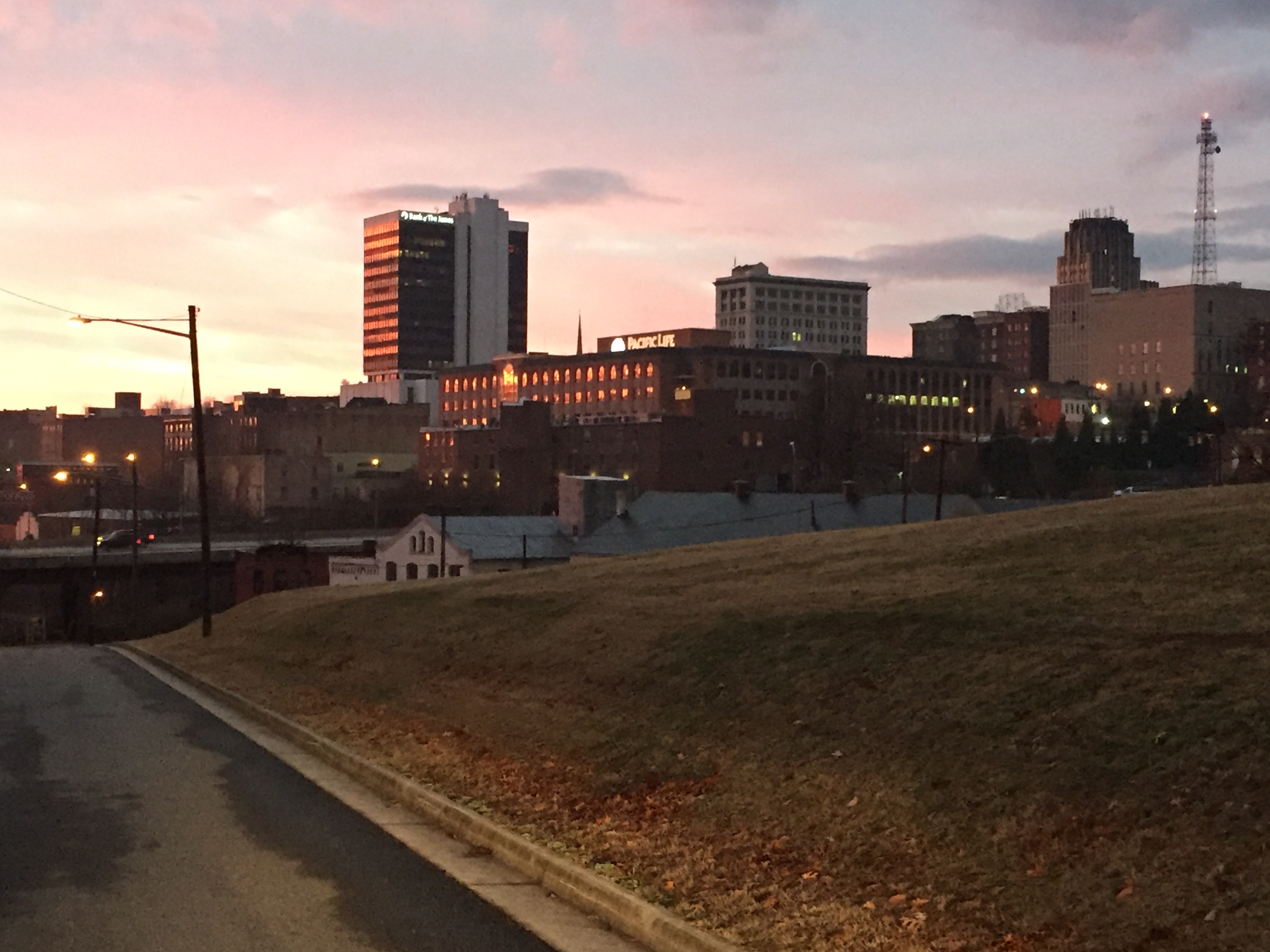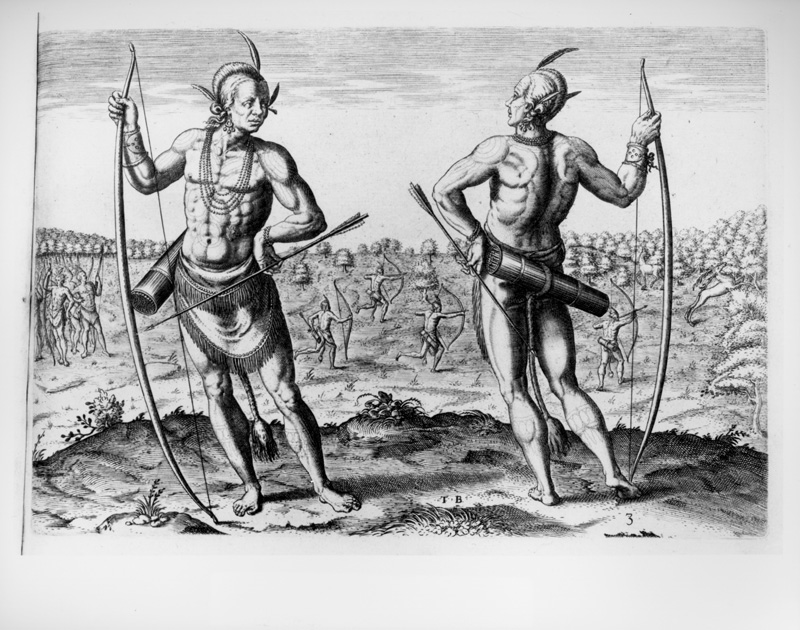|
James River Bateau
The James River Bateau was a shallow draft river craft used during the period from 1775 to 1840 to transport tobacco and other cargo on the James River and its tributaries in the Commonwealth of Virginia. It was flat bottomed and pointed at both ends. The length of the bateau varied greatly, 58 feet (17.5 m) being a common length. The bateau was propelled by bateaumen pushing with long sturdy poles. Alternate spellings of bateau include batteau, batoe and the plurals bateaux, batoes, and batteaux. Bateau is the French word for ''boat''. In the colonial days, bateaus were used extensively in rivers throughout the eastern part of the United States, but the coverage of this article is confined to those that plied the James River in the Commonwealth of Virginia. Origin Anthony and Benjamin Rucker were the original inventors and constructors of the James River Bateau in 1775. It was a boat essentially different from any before that time used on the rivers of Virginia. The Rucker ... [...More Info...] [...Related Items...] OR: [Wikipedia] [Google] [Baidu] |
Lynchburg, Virginia
Lynchburg is an independent city (United States), independent city in the Commonwealth (U.S. state), Commonwealth of Virginia in the United States. First settled in 1757 by ferry owner John Lynch (1740–1820), John Lynch, the city's population was 79,009 at the 2020 United States census, 2020 census. Located in the foothills of the Blue Ridge Mountains along the banks of the James River, Lynchburg is known as the "City of Seven Hills" or the "Hill City". In the 1860s, Lynchburg was the only city in Virginia that was not recaptured by the Union (American Civil War), Union before the end of the American Civil War. Lynchburg lies at the center of a wider Lynchburg metropolitan area, metropolitan area close to the geographic center of Virginia. It is the fifth-largest Metropolitan statistical area, MSA in Virginia, with a population of 261,593. It is the site of several institutions of higher education, including Virginia University of Lynchburg, Randolph College, University of L ... [...More Info...] [...Related Items...] OR: [Wikipedia] [Google] [Baidu] |
History Of Virginia
The written History of Virginia begins with documentation by the first Spanish explorers to reach the area in the 1500s, when it was occupied chiefly by Algonquian, Iroquoian, and Siouan peoples. In 1607, English colonization began in Virginia with Jamestown, which would become the first permanent English settlement in North America. The Virginia Company colony was looking for gold and spices, and land to grow crops, however they would find no fortunes in the area, and struggled to maintain a food supply. The famine during the harsh winter of 1609 forced the colonists to eat leather from their clothes and boots, and resort to cannibalism. In 1610, survivors would abandon Jamestown, although they returned after meeting a resupply convoy in the James River. Soon thereafter during the early 1600s, tobacco emerged as a profitable export. It was chiefly grown on plantations, using primarily slaves for the intensive hand labor involved. After 1662, the colony turned black slavery i ... [...More Info...] [...Related Items...] OR: [Wikipedia] [Google] [Baidu] |
Tobacco
Tobacco is the common name of several plants in the genus '' Nicotiana'' of the family Solanaceae, and the general term for any product prepared from the cured leaves of these plants. More than 70 species of tobacco are known, but the chief commercial crop is ''N. tabacum''. The more potent variant ''N. rustica'' is also used in some countries. Dried tobacco leaves are mainly used for smoking in cigarettes and cigars, as well as pipes and shishas. They can also be consumed as snuff, chewing tobacco, dipping tobacco, and snus. Tobacco contains the highly addictive stimulant alkaloid nicotine as well as harmala alkaloids. Tobacco use is a cause or risk factor for many deadly diseases, especially those affecting the heart, liver, and lungs, as well as many cancers. In 2008, the World Health Organization named tobacco use as the world's single greatest preventable cause of death. Etymology The English word ''tobacco'' originates from the Spanish word "tabaco ... [...More Info...] [...Related Items...] OR: [Wikipedia] [Google] [Baidu] |
Boat
A boat is a watercraft of a large range of types and sizes, but generally smaller than a ship, which is distinguished by its larger size, shape, cargo or passenger capacity, or its ability to carry boats. Small boats are typically found on inland waterways such as rivers and lakes, or in protected coastal areas. However, some boats, such as the whaleboat, were intended for use in an offshore environment. In modern naval terms, a boat is a vessel small enough to be carried aboard a ship. Boats vary in proportion and construction methods with their intended purpose, available materials, or local traditions. Canoes have been used since prehistoric times and remain in use throughout the world for transportation, fishing, and sport. Fishing boats vary widely in style partly to match local conditions. Pleasure craft used in recreational boating include ski boats, pontoon boats, and sailboats. House boats may be used for vacationing or long-term residence. Lighters are used to convey ... [...More Info...] [...Related Items...] OR: [Wikipedia] [Google] [Baidu] |
Rudder
A rudder is a primary control surface used to steer a ship, boat, submarine, hovercraft, aircraft, or other vehicle that moves through a fluid medium (generally aircraft, air or watercraft, water). On an aircraft the rudder is used primarily to counter adverse yaw and p-factor and is not the primary control used to turn the airplane. A rudder operates by redirecting the fluid past the hull (watercraft), hull or fuselage, thus imparting a turning or yaw (rotation), yawing motion to the craft. In basic form, a rudder is a flat plane or sheet of material attached with hinges to the craft's stern, tail, or after end. Often rudders are shaped so as to minimize Drag (physics), hydrodynamic or aerodynamic drag. On simple watercraft, a tiller—essentially, a stick or pole acting as a lever arm—may be attached to the top of the rudder to allow it to be turned by a helmsman. In larger vessels, cables, pushrods, or hydraulics may be used to link rudders to steering wheels. In typical air ... [...More Info...] [...Related Items...] OR: [Wikipedia] [Google] [Baidu] |
Keel
The keel is the bottom-most longitudinal structural element on a vessel. On some sailboats, it may have a hydrodynamic and counterbalancing purpose, as well. As the laying down of the keel is the initial step in the construction of a ship, in British and American shipbuilding traditions the construction is dated from this event. Etymology The word "keel" comes from Old English , Old Norse , = "ship" or "keel". It has the distinction of being regarded by some scholars as the first word in the English language recorded in writing, having been recorded by Gildas in his 6th century Latin work ''De Excidio et Conquestu Britanniae'', under the spelling ''cyulae'' (he was referring to the three ships that the Saxons first arrived in). is the Latin word for "keel" and is the origin of the term careen (to clean a keel and the hull in general, often by rolling the ship on its side). An example of this use is Careening Cove, a suburb of Sydney, Australia, where careening was carried out ... [...More Info...] [...Related Items...] OR: [Wikipedia] [Google] [Baidu] |
Packet Boat
Packet boats were medium-sized boats designed for domestic mail, passenger, and freight transportation in European countries and in North American rivers and canals, some of them steam driven. They were used extensively during the 18th and 19th centuries and featured regularly scheduled service. When such ships were put into use in the 18th century on the Atlantic Ocean between Great Britain and its colonies, the services were called the packet trade. Steam driven packets were used extensively in the United States in the 19th century on the Mississippi and Missouri rivers, supplying and bringing personnel to forts and trading posts. History Packet craft were used extensively in European coastal mail services since the 17th century, and gradually added cramped passenger accommodation. Passenger accommodations were minimal: transportation, "firing" (i.e. a place to cook), drinking water (often tasting of indigo or tobacco, which the water casks had previously held), and a place ... [...More Info...] [...Related Items...] OR: [Wikipedia] [Google] [Baidu] |
Free People Of Color
In the context of the history of slavery in the Americas, free people of color (French: ''gens de couleur libres''; Spanish: ''gente de color libre'') were primarily people of mixed African, European, and Native American descent who were not enslaved. However, the term also applied to people born free who were primarily of black African descent with little mixture. They were a distinct group of free people of color in the French colonies, including Louisiana and in settlements on Caribbean islands, such as Saint-Domingue (Haiti), St. Lucia, Dominica, Guadeloupe, and Martinique. In these territories and major cities, particularly New Orleans, and those cities held by the Spanish, a substantial third class of primarily mixed-race, free people developed. These colonial societies classified mixed-race people in a variety of ways, generally related to visible features and to the proportion of African ancestry. Racial classifications were numerous in Latin America. A freed Afr ... [...More Info...] [...Related Items...] OR: [Wikipedia] [Google] [Baidu] |
Enslaved Africans
The Atlantic slave trade, transatlantic slave trade, or Euro-American slave trade involved the transportation by slave traders of enslaved African people, mainly to the Americas. The slave trade regularly used the triangular trade route and its Middle Passage, and existed from the 16th to the 19th centuries. The vast majority of those who were transported in the transatlantic slave trade were people from Central and West Africa that had been sold by other West Africans to Western European slave traders,Thornton, p. 112. while others had been captured directly by the slave traders in coastal raids; Europeans gathered and imprisoned the enslaved at forts on the African coast and then brought them to the Americas. Except for the Portuguese, European slave traders generally did not participate in the raids because life expectancy for Europeans in sub-Saharan Africa was less than one year during the period of the slave trade (which was prior to the widespread availability of quinine ... [...More Info...] [...Related Items...] OR: [Wikipedia] [Google] [Baidu] |







.jpg)